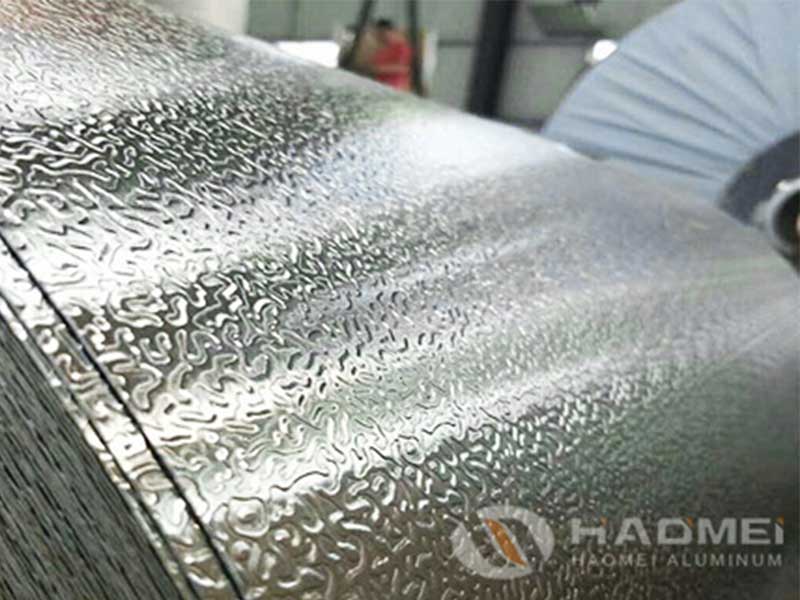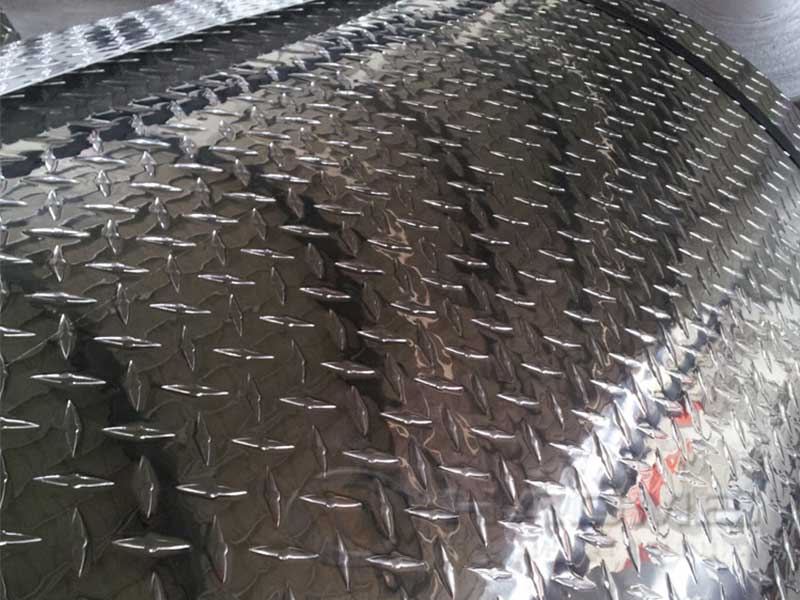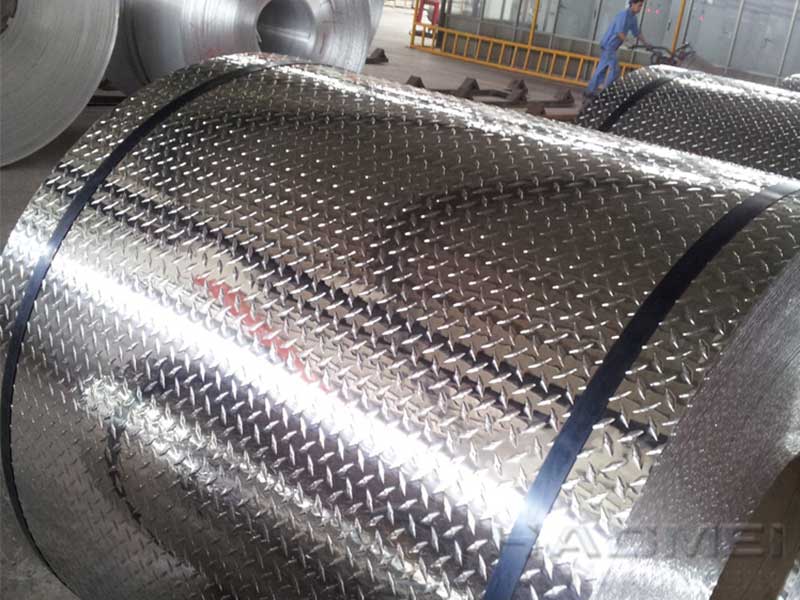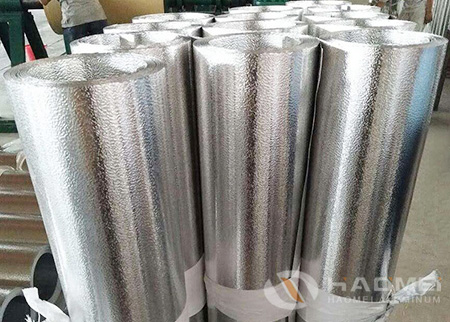Checker aluminum plate standards
When it comes to industrial flooring, stair treads, or even truck beds, checker aluminum plates — also known as tread plates or diamond plates — are well-loved for their unique combination of durability, slip resistance, and visual appeal. But behind this ubiquitous metal surface lies a set of carefully considered standards that ensure the material performs safely and reliably in demanding environments. these standards from a practical and user-focused perspective helps in picking the right checker plate for the job.
What's in a Checker Aluminum Plate?
Checker aluminum plate isn’t just any flat aluminum sheet. Its hallmark is the raised pattern of lines or shapes—often diamonds or teardrops—that create a textured surface. This pattern is not merely decorative. It serves an important anti-slip function while also adding strength by distributing weight more evenly.
Working with checker plate daily, I've noticed a real tension between the standard specifications and the practical realities of its application. The ASTM standards, for instance, lay out precise tolerances for dimensions and surface patterns, but often we encounter requests for bespoke modifications. A customer might need a slightly altered pattern for better traction in a specific environment, or a non-standard thickness for weight reduction or structural reinforcement. This push and pull between adhering to the rigid standards and fulfilling client needs sometimes leads to creative problem-solving, pushing our of what's possible within the framework of the regulations – finding efficient ways to tailor standard processes for non-standard products. We're constantly juggling the need for consistent quality with the need for adaptable solutions.
Personally, I've found the most interesting aspect of checker plate standards is the indirect relationship between surface pattern and the material's overall performance. While the standards focus heavily on dimensional accuracy, the actual "checker" pattern itself impacts things like its fatigue life, the grip it offers, and even its resistance to specific types of wear. We frequently see requests for different sizes and depths of the raised pattern, each influencing these properties. A deeper pattern might be ideal for high-traction situations but could also increase the risk of stress concentrations, impacting its lifespan. This inherent interplay between standardized specifications and the complex practical realities of material behavior is a daily challenge and a constant learning experience.
However, the value derived from checker aluminum depends heavily on its materials, manufacturing process, and dimensional accuracy—parameters that standards rigorously govern.
1. Material Composition and Alloy Grade
While aluminum alone is lightweight and corrosion-resistant, the actual properties are defined by its alloy and temper. The most common alloys used are part of the 1000, 5000, and 6000 series. Each series brings distinct mechanical traits:
- 1xxx Series (e.g., 1100): Near-pure aluminum with excellent corrosion resistance but lower strength.
- 5xxx Series (e.g., 5052, 5005): Adds magnesium, for tougher plates with good corrosion resistance, especially in marine environments.
- 6xxx Series (e.g., 6061, 6082): Incorporates magnesium and silicon, making it stronger and versatile but a bit more prone to corrosion compared to 5xxx.
Temper condition (the hardness resulting from work and heat treatments) also matters, with temper options like:
- H14 / H24: Strain hardened to medium strength but retains some ductility.
- T6: Solution heat treated and artificially aged, offering high strength.
Chemical composition limits for popular alloys are clearly specified in standards such as ASTM B209 or JIS H4100, laying out exact percentages for aluminum, magnesium, silicon, iron, etc., for consistency and predictability.
| Alloy | Al (%) Min | Mg (%) | Si (%) | Fe (%) | Other Elements |
|---|---|---|---|---|---|
| 5052 | 97.25 | 2.2-2.8 | 0.2 | 0.4 | Mn, Cr |
| 6061 | 97.9 | 0.8-1.2 | 0.4-0.8 | 0.7 | Cu, Mg, Cr |
2. Thickness and Dimensional Standards
Checking aluminum plates are manufactured in thicknesses ranging commonly from 1.5 mm to 10 mm or more, allowing users to select based on the application's required durability and weight.
Standards such as GB/T 3880 (China), EN AW-5083 (Europe), or ASTM B209 (USA) specify dimensional tolerances, surface finish, and even degrees of pattern height.
For example, the raised checkers typically measure between 0.5 mm to 1.5 mm in height and are spaced uniformly to prevent tripping and allow self-cleaning.
3. Surface Treatment and Finish
Beyond the alloy and thickness, the surface finish quality adheres to defined norms. Props for brightness, roughness, or protective coatings depend on their environment:
- Plants near corrosive climates or saltwater often require mill-finished or even anodized checker plates.
- Raised areas are designed not to be sharp or irregular to avoid safety hazards.
4. Mechanical Property Requirements
mechanical properties that users rely on include:
| Parameter | Typical Range (5052-H32) | Test Method |
|---|---|---|
| Tensile Strength | 27,000 - 38,000 psi (186-262 MPa) | ASTM E8 |
| Yield Strength | 15,000 - 30,000 psi (103-207 MPa) | ASTM E8 |
| Elongation | 8-18% | ASTM E8 |
These properties ensure the plate withstands heavy foot traffic, loading, and impacts without permanent deformation.
5. Compliance with Safety & Building Codes
In application areas like stairs, loading docks, or industrial flooring, local building regulations often require checker aluminum plates to meet slip resistance indexes and fire retardancy levels. While the patterns provide inherent slip resistance, the particular pattern dimensions, alloy temper, and anti-slip rating (such as R9 to R13 on DIN standards) confirm compliance.
Buying checker aluminum isn’t just picking steel disguised as art — it’s finding a balance among:
- Strength and Weight: Heavier alloys provide higher durability but increase installation complexity.
- Corrosion Resistance: Essential for outdoor/marine exposure; some alloys perform markedly better.
- Safety Profile: Dimensions and finish prevent slips, trips, and injuries.
- Longevity: Proper thermal treatment and alloy selection prolong life under heavy use.
- Cost Effectiveness: Match material specs to genuine needs without overengineering.
Professional vendors typically provide certification or test reports ensuring plates conform to standards such as ASTM B209, EN 573 for chemical composition, and mill test certificates (MTC) for mechanical properties.
| Aspect | Standard / Range | Comments |
|---|---|---|
| Alloy Options | 1xxx, 5xxx (5052, 5005), 6xxx | Balance strength vs. corrosion resistance |
| Temper | H14, H24, T6 | Controls hardness & ductility |
| Pattern Height | 0.5 - 1.5 mm | For slip resistance & strength |
| Thickness | 1.5 - 10 mm | Based on load requirements |
| Tensile Strength | 186 - 310 MPa | ASTM E8 testing |
| Yield Strength | 103 - 275 MPa | Minimum strength for design |
| Elongation | 8 - 18 % | Reflects ductility |
| Surface Finish | Mill-finish, Anodized | Depends on environment |
Final Thoughts
Choosing checker aluminum plate without considering standards is akin to walking on thin ice — visually appealing but potentially dangerous or costly. By the chemistry, mechanical traits, pattern details, and certification norms, users can confidently select materials perfectly engineered for their unique needs.
Whether you’re outfitting an industrial plant, customizing a recreational vehicle, or upgrading architectural accents — standards make your checker plate your partner for safety and durability, not just decoration.
https://www.alusheets.com/a/checker-aluminum-plate-standards.html






